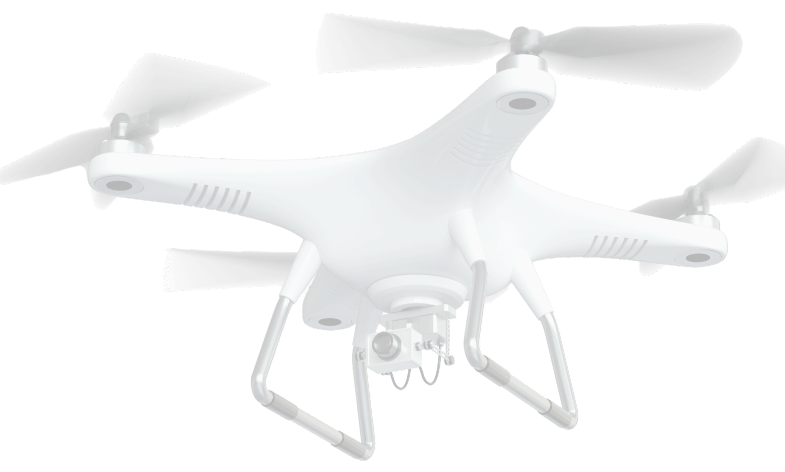
What is Robotics for Kids?
Robotics for kids is an exciting and rapidly evolving field that merges technology, creativity, and education in a way that captivates young minds. At its core, it involves designing, building, and programming robots – tasks that are as fun as they are educational. For example, children interested in robotics can begin their journey by learning to program drones.
This field is not just about playing with robots; it’s a gateway to learning critical skills that are increasingly important in our technology-driven world. As we step further into an era where automation and artificial intelligence play significant roles, understanding robotics from a young age opens doors to many future career opportunities.
Understanding Robotics for Kids
In simple terms, robotics is the art and science of making machines that can move and perform tasks, often mimicking human or animal behavior. For kids, this translates into an engaging blend of various disciplines. At its heart, robotics for kids is about combining the creativity of building with the logic of programming.
When children engage in robotics, they’re not just playing with mechanical parts and electronics; they’re stepping into the roles of engineers and programmers. They learn how to assemble parts and components to create a robot, which could range from a simple automated toy to a more complex machine capable of performing specific tasks. But building the robot is only half the adventure. The other half involves programming, where kids learn to instruct their robots using simple coding languages like Scratch or Blockly.
This process naturally integrates various aspects of STEM (Science, Technology, Engineering, and Mathematics) education. In robotics and drone curriculums, kids learn basic engineering principles as they understand how different parts work together to create movement. They delve into technology and computer science as they program their robots to navigate mazes, respond to sensors, or perform tasks.
The Importance of Robotics in Education
Robotics plays a pivotal role in modern STEM education, providing a dynamic and interactive way for children to engage with science, technology, engineering, and mathematics. This integration is crucial in a world where these disciplines are increasingly interconnected and vital.
Robotics education goes beyond the mere acquisition of technical skills; it nurtures a child’s curiosity and creativity. Children learn to think like engineers and programmers as they build and program drones and other robots, developing solutions to real-world problems. This process enhances their critical thinking and problem-solving abilities, which are essential in academic settings and everyday life.
Getting Started with Robotics for Kids
Several beginner-friendly tools and platforms are available for parents and educators looking to introduce children to robotics. If you’re serious about your child’s STEM skills, you’ll want to opt for a full-on drone or robotics curriculum like we offer at Rocket Drones. The benefits of drone and robotics curriculums include enhanced learning and age-specific courses. For example, Rocket Drones offers curriculums for elementary, high school, and even college-aged students.
On the other hand, there are other viable starting points for robotics education. Scratch, for instance, is an excellent starting point for programming. It’s a visual programming language that allows kids to create interactive stories, games, and animations, which can be a stepping stone to robot programming. LEGO Mindstorms, another popular platform, combines the familiar fun of LEGO construction with the basics of robotics and programming, making it ideal for hands-on learning.
Hands-On Learning: Robotics Projects and Activities
Engaging in hands-on robotics projects is a fantastic way for kids to apply and reinforce their learning. Simple projects like building a line-following robot or creating a robotic hand using cardboard and strings can be fun and educational. These projects help children understand basic robotics concepts like sensors, motors, and simple programming. For instance, constructing a solar-powered robot teaches about renewable energy, while programming a robot to navigate a maze can introduce basic coding logic and problem-solving strategies.
Robotics Competitions and Community Engagement
Robotics competitions like the VEX IQ Challenge and First Robotics offer young enthusiasts an excellent platform to showcase their skills and learn from others. These competitions are not just about winning but about the experience, learning, and community building. Participating in these events allows children to work in teams, fostering a sense of community and teamwork. They learn to collaborate, share ideas, and collectively solve problems, which are invaluable life skills.
Preparing for a Future in Robotics
Robotics is not just a fascinating subject for kids; it’s a pathway to many career opportunities. Fields like artificial intelligence, machine learning, aerospace, healthcare, and many more increasingly rely on robotics expertise. Early exposure to robotics can set the foundation for careers in these areas, giving children a head start in understanding complex concepts and technologies. The skills learned through robotics, such as problem-solving, critical thinking, and programming, are highly valued in the workforce. This early engagement prepares children for future technological advancements and opens up innovative career possibilities.
FAQ
Q: At what age can children start learning robotics?
A: Children as young as five can begin exploring basic robotics concepts, often through playful, interactive tools like LEGO or simple coding platforms.
Q: Do kids need to be good at math or science to enjoy robotics?
A: While math and science are integral to robotics, the field is highly accessible. Kids can start with basic concepts and gradually build their skills, making it suitable for all skill levels.
Q: Is robotics expensive to learn?
A: The cost can vary, but many affordable or even free resources and kits are available, making robotics accessible to a wide range of budgets.
Q: How does robotics benefit children’s overall education?
A: Robotics integrates various educational disciplines, enhancing problem-solving skills, creativity, and logical thinking, which are beneficial across all areas of learning.
Robotics for Kids: Final Thoughts
Robotics for kids is more than just a fun educational activity; it’s a vital tool for developing the skills necessary in a rapidly evolving technological world. By engaging in robotics, children learn critical thinking, creativity, and problem-solving, preparing them for future careers in various fields. Parents and educators play a crucial role in nurturing this interest, providing opportunities for hands-on learning and encouraging participation in community activities and competitions.
If you’re ready to take the next step, explore our curriculums and STEM kits to get started.
Aerial Perspectives Podcast

Discover the exciting world of drones with Aerial Perspectives! Each episode takes you behind the scenes with drone pilots from diverse industries–cinematography, construction, inspection, agriculture, and more.





